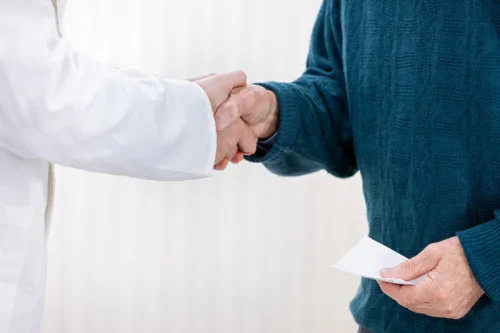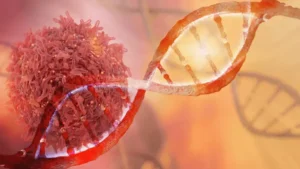
This study shows the association between being on a GLP-1 RA and the lower incidence of alcohol use disorder and lower drinking. There is also some evidence that topiramate may be more effective for treating alcohol use disorder in people who have certain genetic patterns. One explanation is that drinkers get pleasure from alcohol because it triggers the release of dopamine, a positive how to reduce alcohol cravings feedback chemical in the brain. Topamax (topiramate) is an anti-seizure medication usually prescribed for people with epilepsy, but it can also be prescribed to help people who are alcohol-dependent to stop drinking. Research involving Topamax and alcohol reveals some evidence that it may decrease alcohol intake. Remember, overcoming addiction cravings is a marathon, not a sprint.
How to Manage Alcohol Cravings
Along that same line, we know that previous history of pancreatitis is considered a use-with-caution, or we don’t want to use GLP-1 RA therapy in people who have had pancreatitis. The idea is that the mechanism is driven by the ability of the medication — semaglutide and all the GLP-1 RAs — to reduce the rewarding properties of alcohol and drugs. To maybe make the example more pragmatic, what does that mean? This suggests that these medications may work for some patients and not for other patients.
- Studies have shown that mindfulness is beneficial for reducing cravings.
- Your doctor may start at the lowest dose and gradually increase it until the desired response is achieved.
- Long-term alcohol abuse is commonly caused by an underlying condition or physical pain in which alcohol was used to self-medicate those issues.
- But addiction throws a wrench in the works, causing chaos in the streets of your mind.
Cope with triggers you can’t avoid.
“It can be 30- to 60-day abstinence rates, fewer heavy-drinking days, cutting back on total number of drinks, or even fewer [alcohol-related] ER visits.” Dietary guidelines recommend that if you drink, men limit daily drinking to two drinks or less per day and women limit their drinking to one drink or less per day. Consuming more than that can lead to liver damage and heart disease, and increase your risk for some cancers. Take our short alcohol quiz to learn where you fall on the drinking spectrum and if you might benefit from quitting or cutting back on alcohol. Cravings for alcohol are a very common part of recovery from alcohol use disorder.
How well do you score on brain health?
We explain to them the unknown potential that the GLP-1 RAs and alcohol together may synergize and give hypoglycemia. The point I’m making is that it’s not that either we use the GLP-1 RAs or we have no other tools. I think we have to personalize the treatment https://ecosoberhouse.com/ based on the patient’s profile from a safety standpoint and from a phenotypic standpoint. One could argue that alcohol is the leading cause of mortality and morbidity in the world. For example, right now, alcohol is the leading cause of liver disease.
Peer Support Groups

Crack addiction, for instance, often involves intense, short-lived cravings that can be triggered by the slightest reminder of the drug. Research shows that naltrexone works best for people who have already stopped drinking for at least 4 days when they begin treatment. You take it daily as a pill or get a monthly injection at your health care professional’s office. The medication can help you have fewer days when you drink heavily as well as drink less overall. When you have alcohol use disorder, just thinking about alcohol triggers a pleasurable response in the brain.

Empowering Your Mental Health Journey
- These may include changes in brain chemistry, triggers, and habit formation.
- Dr. Bowen’s MP3 files (link above) offer an excellent “urge surfing” meditation.
- These strategies can empower you to navigate cravings and maintain long-term sobriety.
- Participation in one or more of these levels of care can help an individual access the care they need, allowing them the opportunity to develop a strong foundation for recovery.
- But there are ways to cope with them and reduce your risk of relapse.
- Priory is currently offering 10% off private self-pay addiction inpatient treatment, for admissions until 30th September inclusive.
Caregiver Stress and Burnout
